Superior Dried Sweet Violet Flowers For Sale
ACPFOOD is where you can buy Common Violet. Since we purchase high quality products directly from farmers, we provide and sell bulk products with the best quality to wholesalers, retailers and manufacturer and you can buy it from us with the best price.
Viola odorata petals wholesaler, supplier and exporter
To order dried English Violet, please contact us.
About Viola Odorata
Viola odorata is a perennial plant that reaches twenty centimeters in height. This plant has many species.
The leaf of this plant is heart-shaped and slightly shiny, and its edge is jagged. Its leaf is attached to the root by an elongated petiole.
Viola odorata flowering stems are thin and slightly hairy, and only one very fragrant flower grows at the end of each stem. Its flower has five small petals, pale purple, completely separate, elongated, sometimes heart-shaped and sometimes oval. The center of the English Violet flower is white and there are bold streaks on its petals. The flower of some species of this plant is white.
The best type of Common Violet is fresh, fragrant and has light color. After its flower dries up, a small fruit grows in the same place. This fruit is green at first, but after fully ripening, its color turns to pale purple. Its fruit is almost like a prism with the surface of the base of the triangle, which has longitudinal grooves on its sides. Inside the fruit there are small, spherical, pale brown and shiny seeds.
Sweet Violet Chemical Constituent
Glucoside, Methyl salicylate, alkaloid Violin, Violaquercitrin, Anthocyanins.
Sweet Violet Temperament
First degree of cold and second degree of moist
Sweet Violet Health Benefits
Viola odorata flower is yellow bile laxative and quenches thirst.
Eating English Violet decoction and its poultice cures hot headaches, catarrh, colds, coughs, chest and throat hoarseness, diphtheria, pneumonia, prolapse of the anus, burning bladder, heartburn, urinary retention, kidney pain, and cancer. Sweet Violet is good for the stomach, liver and spleen and expels “yellow bile” from the body easily. Especially yellow bile which is trapped in the stomach and intestines. Drinking its brewed tea with beer and Plum is beneficial for fever, suffocation and fainting.
Eating 10 grams of Common Violet powder with Purgative Manna and sugar will quickly cause diarrhea. Eating 5 to 9.5 grams of Sweet Violet powder with cold water daily is effective to prevent bilious diarrhea. Eating a combination of violet and Goleghand helps a lot to reduce fevers. If you strain the brewed tea of Viola odorata petals, Plums (Prunus domestica), Jujubes (Ziziphus jujuba), Tamarinds, Fumitory (Fumaria officinalis), and Myrobalan (Terminalia chebula) and add a little Purgative Manna, Manna of Hedysarum, and a few drops of sweet almond oil to it, drinking it will cause strong diarrhea.
Eating Goleghand which is prepared from Sweet Violet flowers is beneficial for asthma, pneumonia, stomach inflammation, side pain, kidney pain and urinary retention.
Smelling fresh English Violet cures insomnia. Poultice of Common Violet powder on the head and forehead helps to treat headache, stomach and liver hot diseases, hot swellings, anus swelling and fissures. Rubbing the decoction of Viola odorata flower and Chamomile on the head is useful for relieving pain, eliminating heat, cough, and dryness of the brain.
Drinking 2.5 grams of Viola odorata leaf juice and its one third sugar will greatly improve children’s anus protrusion. Poultice of Violet leaves is very useful for hot swellings, inflammation of the stomach, heat of the eyes, protrusion of the anus, bilious scabies, and itching.
English Violet oil helps to treat scabies, wounds, dry chest, cough, hair loss and dry joints. Drinking 5 grams of Common Violet oil several times after sweating in the bath is useful for shortness of breath.
Dripping English Violet oil in the penis hole is useful for urinary burning and bladder heat. Violet oil poultice along with wax on children’s chest helps a lot to treat cough.
Navel massage with Common Violet oil is effective for chronic cough. Cotton soaked in Violet oil and its poultice on the anus relieves insomnia.
Sweet Violet Dose
The flower itself up to 17 grams. In the form of an infusion up to 34 grams.
Sweet Violet Side Effects
Smelling Violets can cause colds. Excessive consumption leads to heart failure, stomach heaviness, nausea, sadness, and anxiety.
Sweet Violet Modifiers
Sweet Marjoram for colds, Anise for other harms.
English Violet should not be boiled, because it lost its health benefits. If you want to use it as a laxative, mix it with sugar, because it increases its strength. But honey reduces its laxative power. Using Violet tea is better for the stomach and it is absorbed faster than Violet itself.

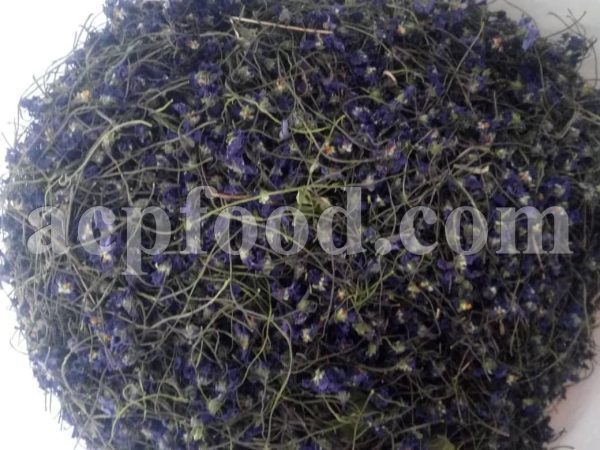
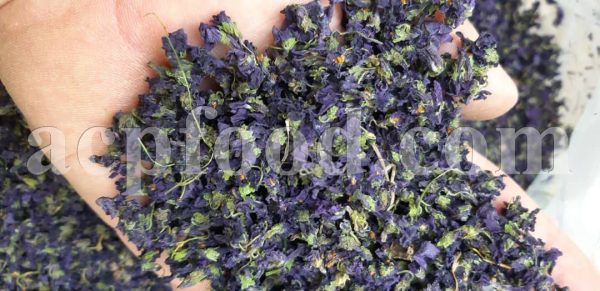
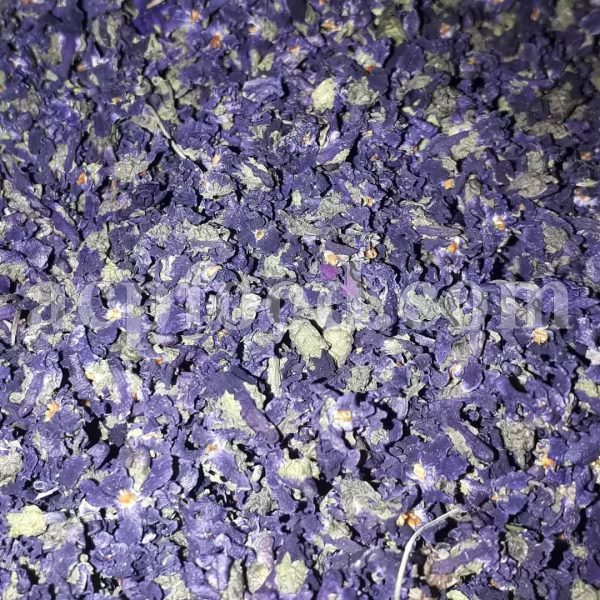
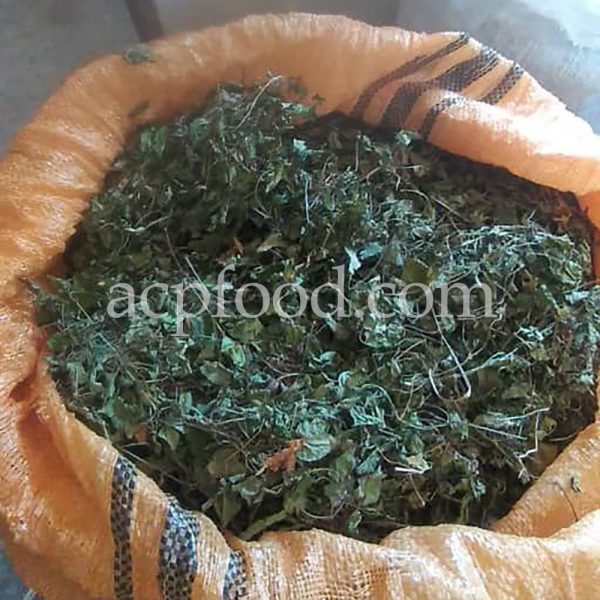
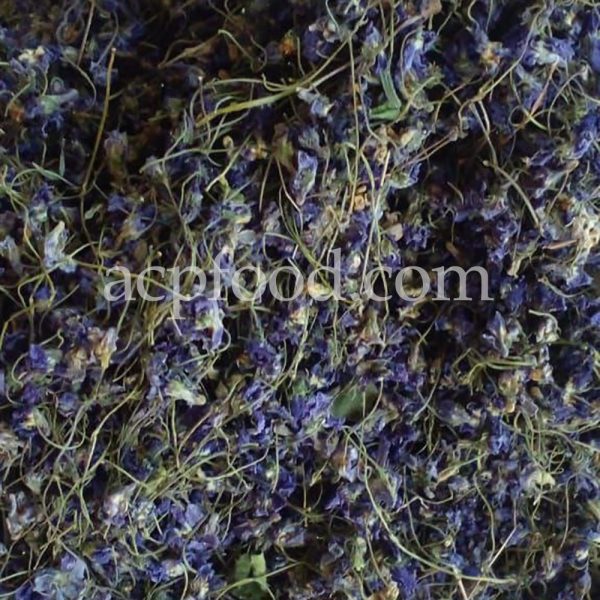
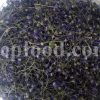
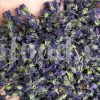
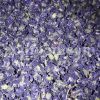
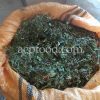
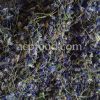
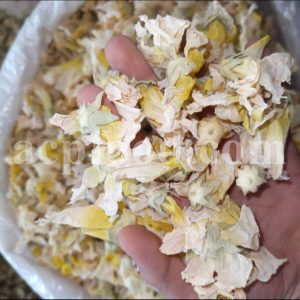
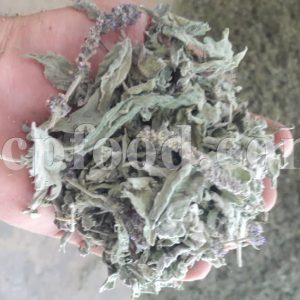

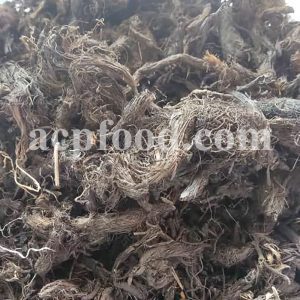
Reviews
There are no reviews yet.